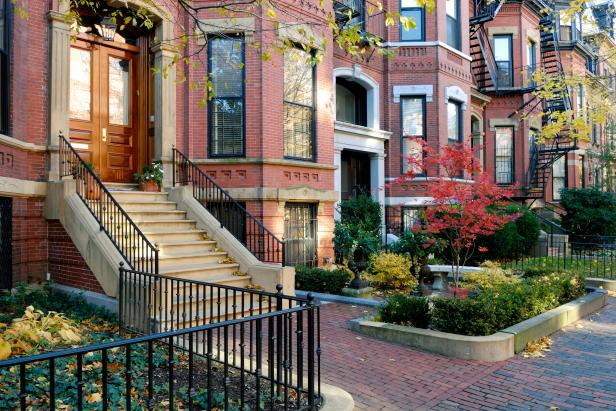The Importance of Sustainable Neighborhoods
If you’re curious about the importance of planning sustainable neighborhoods, Terra Group has some tips to discover 4 reasons why it’s important for cities to build sustainable neighborhoods.
The Importance of Sustainable Neighbourhoods:
1. Neighborhood planners need to ensure that growing neighborhoods will have access to a wide variety of essential facilities and services
As a neighborhood grows and spreads out, it’s important for its local council as well as assigned neighborhood planners and real estate developers to ensure that the residents of the neighborhood in question will have adequate access to a wide range of public facilities and services.
As an example, as a neighborhood grows larger, its public schools may not be able to accommodate growing demand for placements. As another example, if a neighborhood grows by several thousand residents, the neighborhood may require more bus routes and public transportation services, in order to effectively serve its growing population.
Other examples of public services which a growing neighborhood may require access to include doctors offices, public libraries, swimming pools and parks.
2. Neighborhoods need to ensure that green areas are factored into future neighborhood plans
In order for neighborhoods to remain safe, healthy places for individuals to call home, neighborhoods need to offer plenty of green areas such as public parks and trails. As humans are not meant to live in areas which lack life. Neighborhoods should plan to offer enough wide open spaces for future generations to enjoy.
So instead of planners setting aside public land to create parks for their current population, planners need to look ahead to the future, to make sure that there is enough public land set aside for future generations to enjoy in 50 years time.
One idea which neighborhood planners may be interested in considering is setting aside land for communal gardens, which will provide the community with fresh, healthy produce. Which may be a godsend for families who may struggle to afford fresh fruits and vegetables on a weekly basis.
3. Neighborhoods need to prioritize pedestrian walkways, cycleways and public transport
In order to encourage residents to lead healthy active lifestyles, neighborhood planners need to ensure that pedestrian walkways and cycleways are factored into future neighborhood plans. As if there is lack of public access to walkways and cycleways residents will be forced to drive everywhere, which is not a healthy option. However, if well lit, well-paved pedestrian walkways and cycleways are built, they will attract plenty of traffic.
4. Neighborhoods which aren’t planned out well may decline in future decades
If a neighborhood lacks adequate pedestrian walkways, green spaces and public facilities and amenities, there is a high chance that individuals will choose to leave the neighborhood and that the neighborhood may fall into decline as a result. As an example, local shops may shut shop and an area, which may cause public areas to fall prey to vandalism.
In conclusion, it’s crucial for city planners to carefully plan out future neighborhoods in order to ensure that they are sustainable and will offer residents plenty of public services and facilities.


